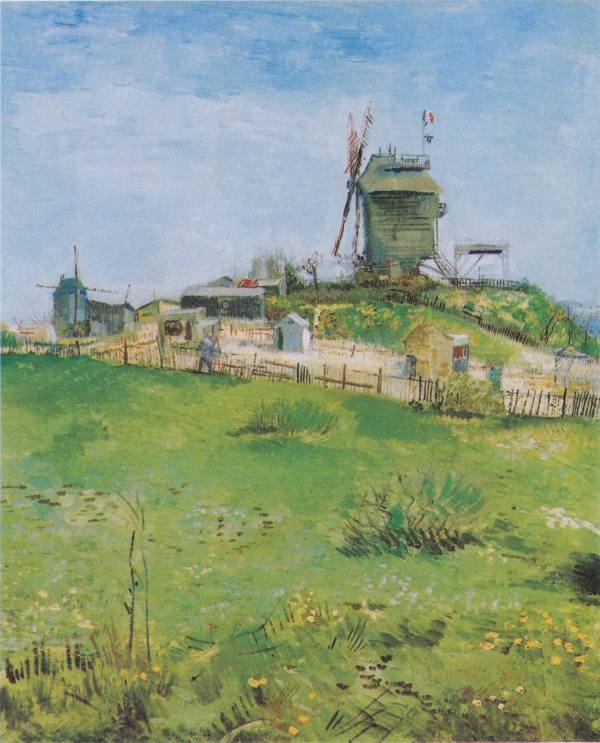Facts About Le Moulin de la Galette
In 1886, Vincent van Gogh created several artworks titled "Le Moulin de la Galette" which depict a windmill near his Montmartre apartment in Paris. This windmill was not just an ordinary structure; it was a popular hotspot featuring a terrace with stunning views and a lively dance hall for entertainment.
Van Gogh's relocation to Paris in 1886 proved transformative. It exposed him to diverse art movements and a plethora of talented artists, including the Impressionists and Symbolists. Montmartre, with its blend of vibrant nightlife and rustic charm, became an inspirational muse for many of his pieces.
The Moulin de la Galette windmill and its dance hall were not only significant to van Gogh; they also attracted the attention of other renowned artists, such as Toulouse-Lautrec and Renoir. Van Gogh's paintings of the windmill exhibit a range of moods, from somber and dark to bright and cheerful, reflecting his own emotions and the world around him. This period marked his transition towards Impressionism, characterized by lighter colors and more expressive brushstrokes.
One notable painting, "Le Moulin de la Galette (F348)" exemplifies van Gogh's impasto technique, where thick layers of paint create texture and depth. The dynamic brushstrokes animate the windmill and surrounding figures. Van Gogh also depicted other works featuring the Blute-Fin windmill in Montmartre, each exploring different compositions and emotional tones.
Through these paintings, van Gogh not only captured a specific location but also a moment in time, merging his unique perspective with the vibrant energy of Montmartre.

 Canada
Canada